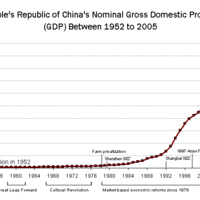Chapter 2
Economics and Business
By Boundless
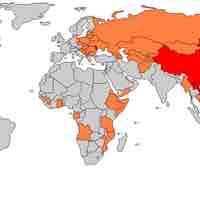
A country's economic system is made up of institutions and decision-making structures that determine economic activity.
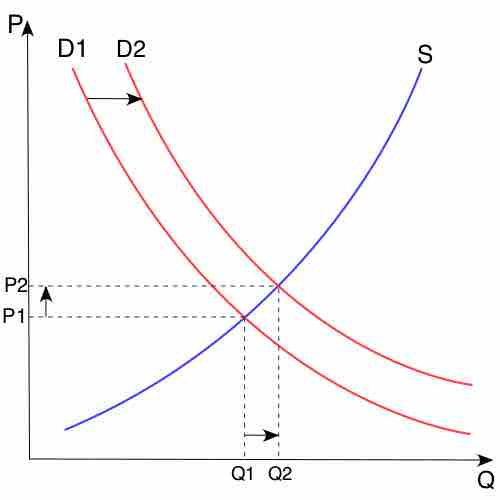
The mechanisms of supply and demand in a competitive market determine the price and quantities of products.

Long term trends in economic growth can be measured by tracking changes in a nation's gross domestic product (GDP) over time.
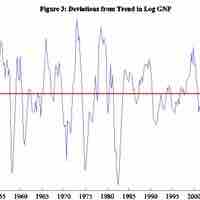
The business cycle is the medium-term fluctuation of the economy between periods of expansion and contraction.
Economic indicators are key statistics about diverse sectors of the economy that are used to evaluate the health and future of the economy.
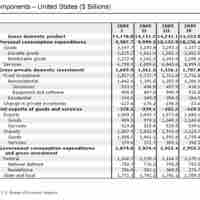
GDP is defined as the value of all the final goods and services produced in a country during a given time period.
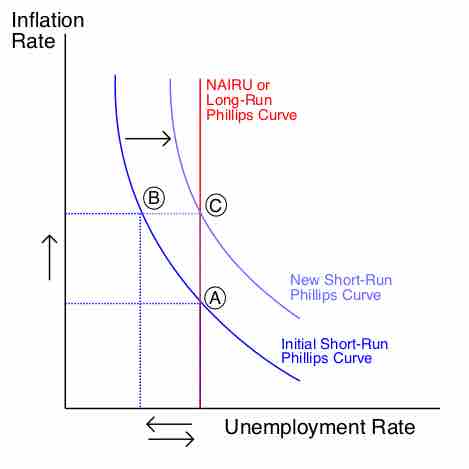
Employment level, as defined by cyclical, structural and frictional unemployment, is one of the most important economic indicators.
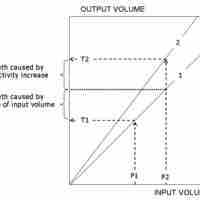
Productivity is a measure of production efficiency, and its level has major impacts on overall economic performance.
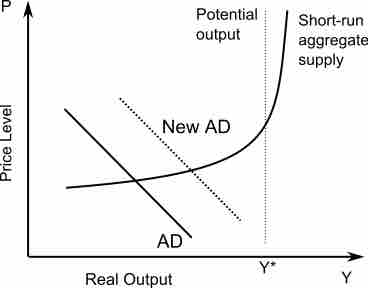
Governments can use fiscal policy as a means of influencing economic variables in pursuit of policy objectives.
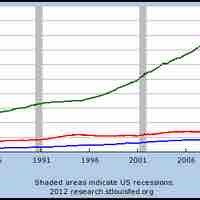
Monetary policy seeks to further economic policy goals through influencing interest rates.
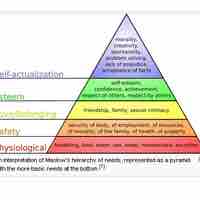
Socialism is characterized by social ownership of the means of production.
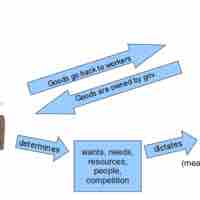
Socialism has a number of theoretical benefits, based on the idea of social equality and justice.
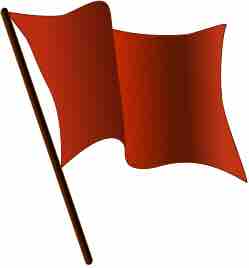
Despite the theoretical benefits of socialist economic systems, there are also disadvantages that may arise in application.

The communist economic system is one where class distinctions are eliminated and the community as a whole owns the means to production.
Communism ideology supports widespread universal social welfare, including improvements in public health and education.

Businesses under Communist system have very strict limitations as to what they can and cannot do, which can hamper productivity and innovation.

A Mixed Economy exhibits characteristics of both market and planned economies, with private and state sectors providing direction.
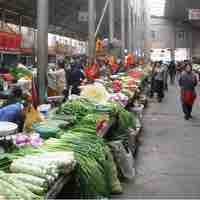
A mixed economy allows private participation in production while ensuring that society is protected from the full swings of the market.

The disadvantages of mixed economies can be understood through examining criticisms of social democracy.
